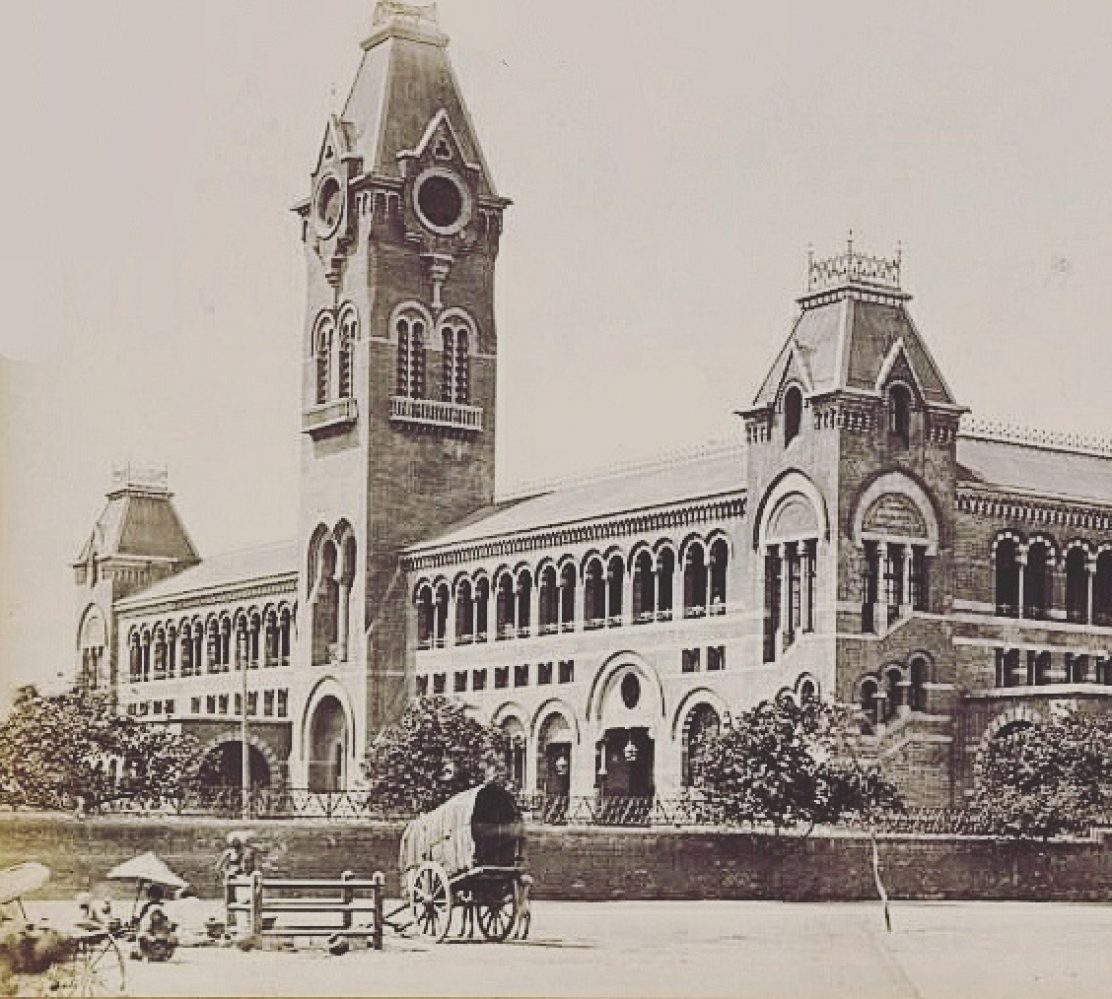Another place that is always in the spotlight a lot in the recent times is the Raj Bhavan, residence of the Governor of Tamilnadu. The earliest official residence of the Governors of Madras were in Fort St. George.
Raj Bhavan or Guindy Lodge as it was once called was built by Governor William Langhorne (1672-78) in the early 1670s in garden space carved out of the Guindy Forest that had helped make St. Thomas’ mount a salubrious place for rest and recreation. It went to the hand of several indian and English private players until it was given to the government to settle a debt of 10,000 pagodas. Government also acquired a nearby property for Rs.8,750 from the Armenian merchant Joseph Nazar Shawmier. Between 1821 and 1824, Government linked the two properties with a third purchaser and the Raj Bhavan property as it existed at Independence came into being. It was in the 1820s that Governor Thomas Munro (1820-27) made Government House the official residence and what has now grown into Raj Bhavan .
Today The Raj Bhavan is a lush green escapade of about 156.14 acres. It comprises of 3.5 acre nursery, a lake and a very rich flora and fauna.The large Durbar Hall, a part of the Raj Bhavan complex has witnessed several swearing-in ceremonies. Alongside lie the plush Main Lawns where one can find deerand endangered blackbucks and many other species. Raj Bhavan is home to 500 deer, 830 blackbucks and 160 birds. About 7,000 trees border the pathway and the boundary of Raj Bhavan with the oldest being 150-year-old Neem tree.
Photo: Frederick Fiebig in 1851.
Source: S.MUTHIAH | THEHINDU




